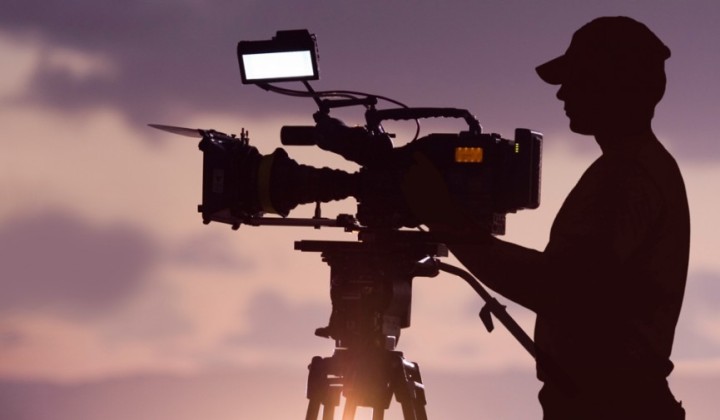
The cinematography is important to any filmmaker, as they help to tell the story of the film in the most effective manner as possible. As a cinematographer, it’s important to learn the most precise and effective cinematography techniques not only to do the job, but to keep up with the ever-evolving world of cinematography techniques. The best way to defined Cinematography would be “painting with light”, meaning that it is a discipline that is both technique and art. Cinematographers often use four or five cinematography techniques, and here are some examples, on how it’s been used.
Three-point lighting
Typical the lighting that is being used by cinematographers is often known as the three-point lighting technique. The reason for that is because it includes three separate light positons to illuminate the subject, when its being filmed. It can be adjusted to enhance or diminish light ratios, shadows, and shading, etc. The three lights that is the standard technique are known as the key light, which means the fill light and the backlight. The key light is the primary lighting device used to illuminate the subject itself, when being filmed from the font. The fill light is usually placed at an angle and adds to the lighting to be able to achieve the desired effect the filmmaker wants. The backlights focus on creating a contour of the person or scene being filmed.
Size of the short
The size of the short is the technique that is being used to get the effect on the way a film is perceived. As an example, when a subject is being shot at a close range, it will have a much more dramatic and intimate effect on the audience, than a scene short that is a hundred feet away. So when the filmmaker films they use, extreme close-up, medium shot, long shot, and establishing shot. That how it indicates to the audience the change of location or time.
Forced Perspective
Forced perspective technique, is an optical illusion that convinces the viewer that they are seeing an object for a person from a distance that is in fact completely, different from the actual distance where the objects are placed. By using objects that are not a typical size, will manipulate the brain into thinking the object is farther or closer than it really is.
Matte
At last, we have the old technique called Matte, that cinematographers and film editors that combine two separate shots or images into one shot. This is being used when an actor is being placed in a different environment, then where the originally shot is being taken. They use this technique normally in front of the green screens or use another kind of technology, to make the actors blend in with any type of background.


